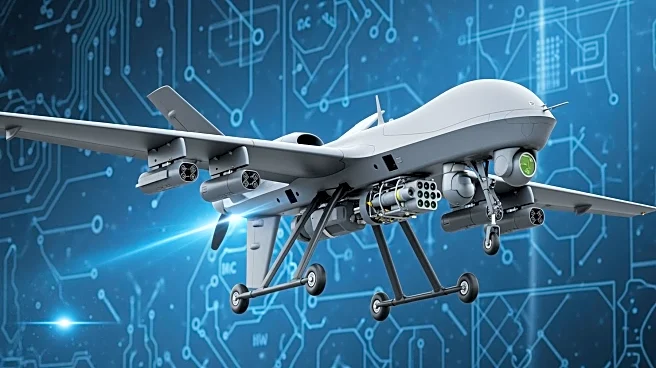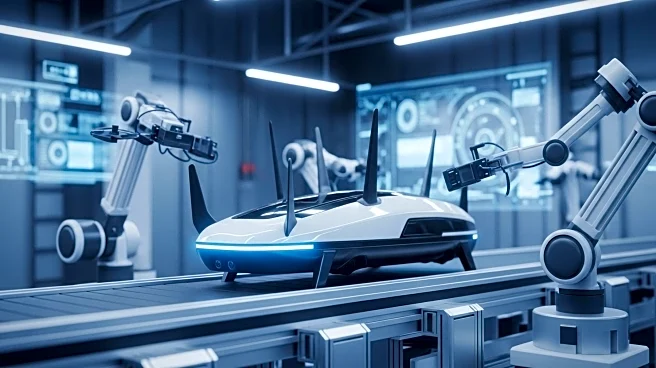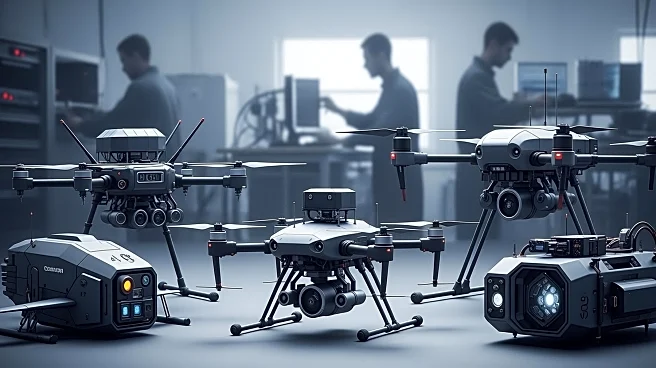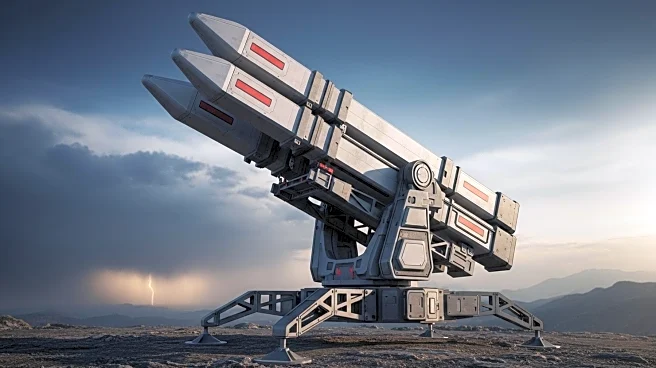What's Happening?
The defense industry is exploring innovative alternatives to traditional pyrotechnic valves, which are commonly used in defense systems but have significant drawbacks such as single-use design and susceptibility
to electromagnetic interference. Jim Gabinetti from The Lee Company discusses how passive and non-passive valve solutions can address these limitations. Passive valves operate without electrical input, relying on environmental triggers, while non-passive valves offer more control through electrical input. These alternatives provide improved reliability, reduced risk, and cost-effectiveness compared to pyrovalves, which are costly to qualify and present safety concerns.
Why It's Important?
The shift towards alternative valve solutions in defense systems could lead to significant improvements in operational capabilities and cost savings. By reducing reliance on pyrotechnic valves, defense contractors can enhance system reliability and safety, while also minimizing lifecycle costs. This transition may also facilitate more efficient testing and qualification processes, ultimately benefiting defense programs and stakeholders. The adoption of these technologies could drive innovation in defense system design, offering new opportunities for contractors to optimize performance and reduce risks.
What's Next?
Defense contractors are likely to continue evaluating and integrating these alternative valve solutions into their systems. The Lee Company and other industry players may collaborate with defense agencies to further develop and refine these technologies. As the industry moves away from pyrovalves, stakeholders will need to consider the implications for system design, testing, and qualification standards.
Beyond the Headlines
The transition to alternative valve solutions may have broader implications for defense procurement and supply chain strategies. Ethical considerations around the use of explosive devices in defense systems could influence policy decisions and public perception. Long-term, this shift could contribute to a more sustainable and responsible approach to defense technology development.











